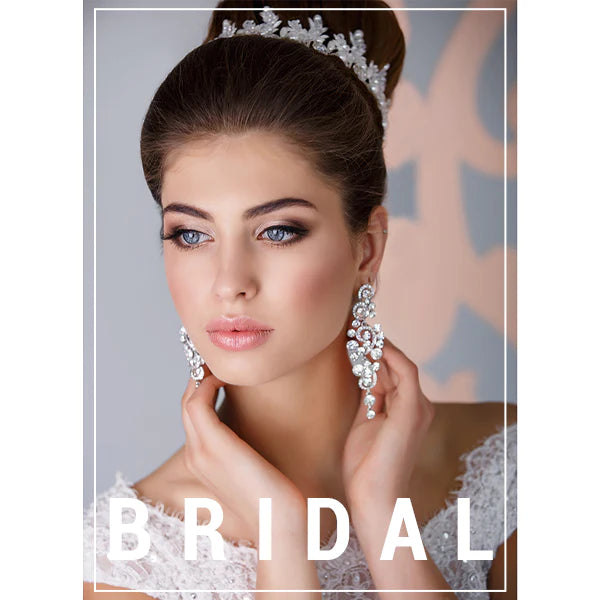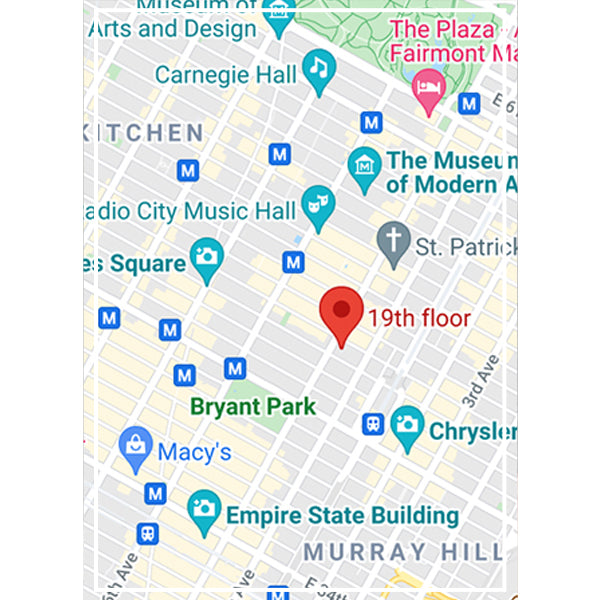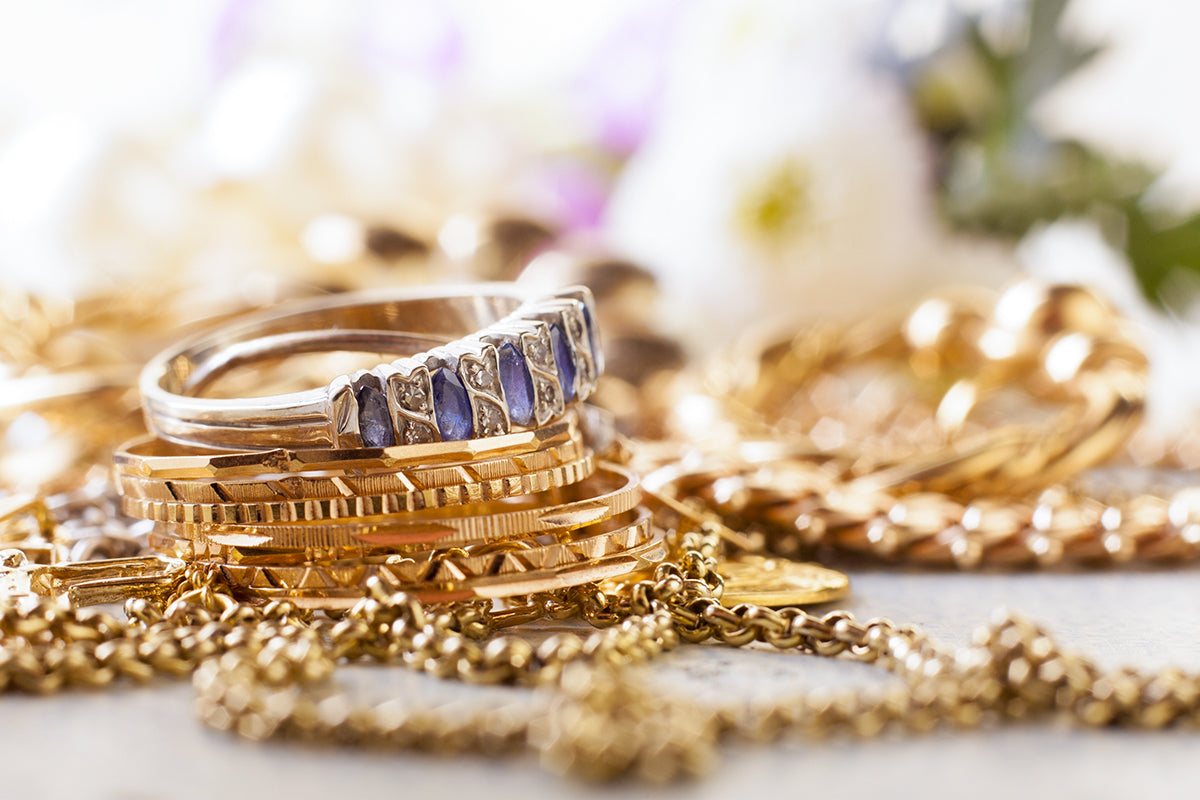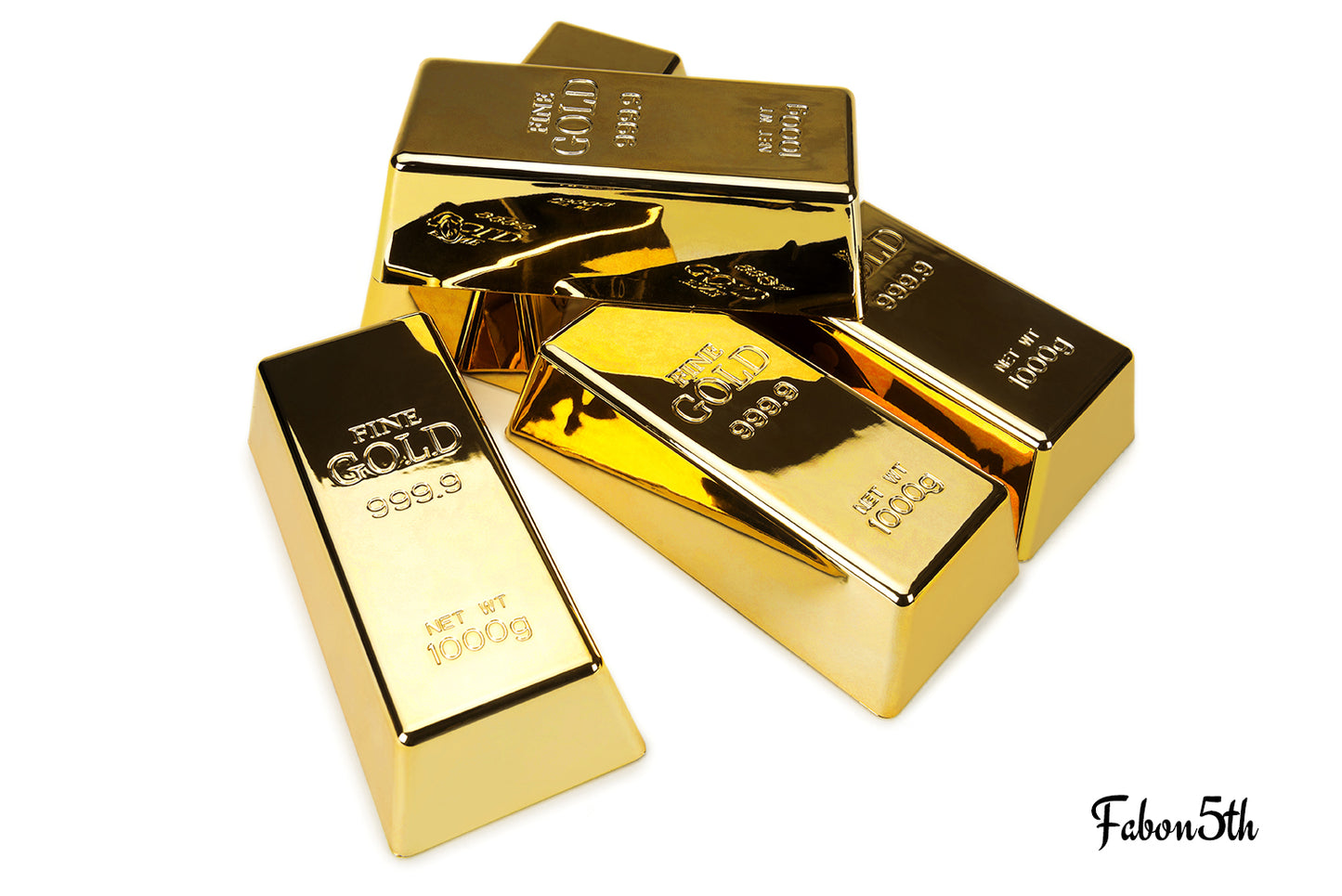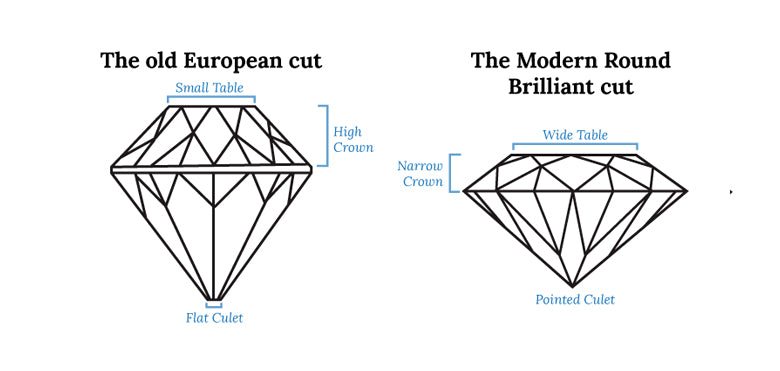
Diamond cutting has a long and fascinating history that spans several centuries, and has evolved in response to changes in technology, fashion, and market demand. Let’s take for example a cut called the Old European Cut which was hugely popular from the late 1800s through the early 1900s. During the Art Nouveau and Edwardian eras, this type of diamond was often used in vintage engagement rings and other types of antique jewelry.
The Old European Cut is considered the predecessor to the modern Round Brilliant Cut and is characterized by a round shape with a high crown, which gives it a more pronounced profile. The Old European Cut also has a smaller table (or top facet) which creates a more subtle sparkle, and a larger culet (or bottom facet) producing a "hall of mirrors" effect in the diamond. Typically it will have 58 facets, but some may have fewer.
However, this old style of cutting tends to produce a diamond with noticeably less sparkle and brilliance. Also keep in mind that vintage European Cut diamonds tend to have a lower clarity and color grade than modern diamonds, which may affect the value. Nevertheless, because of their unique charm and history, Old European Cut diamonds are sought after by collectors and are hugely popular once again with newlyweds and those looking for vintage or antique-style diamonds.


